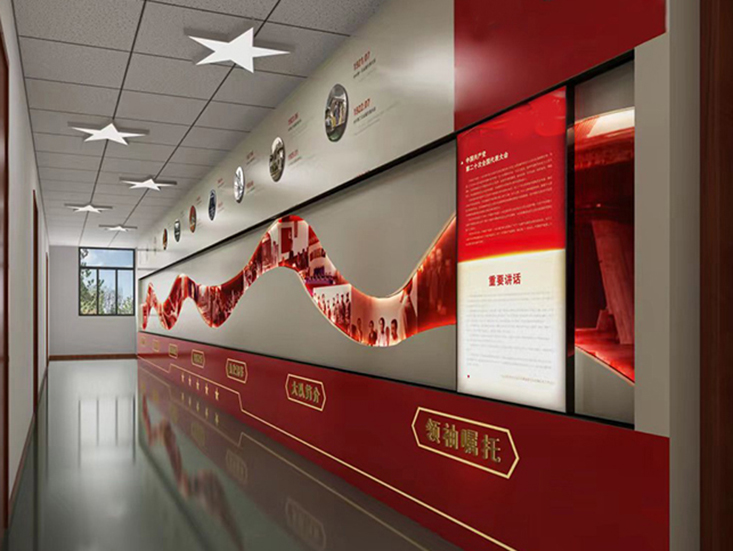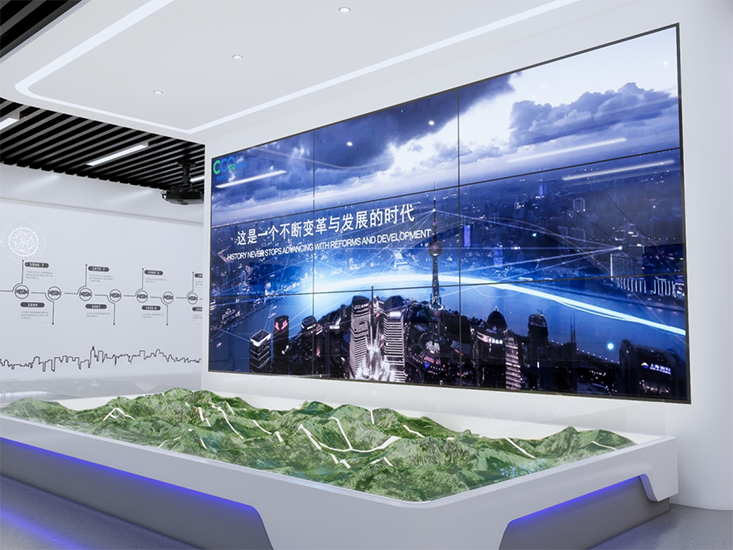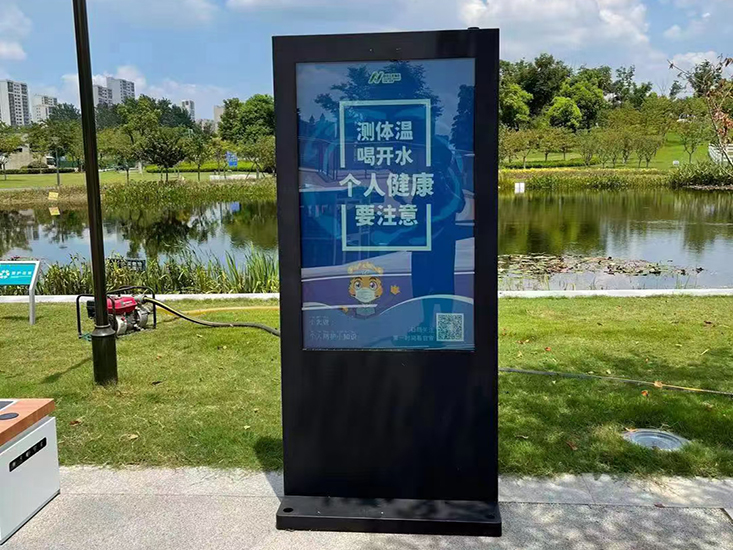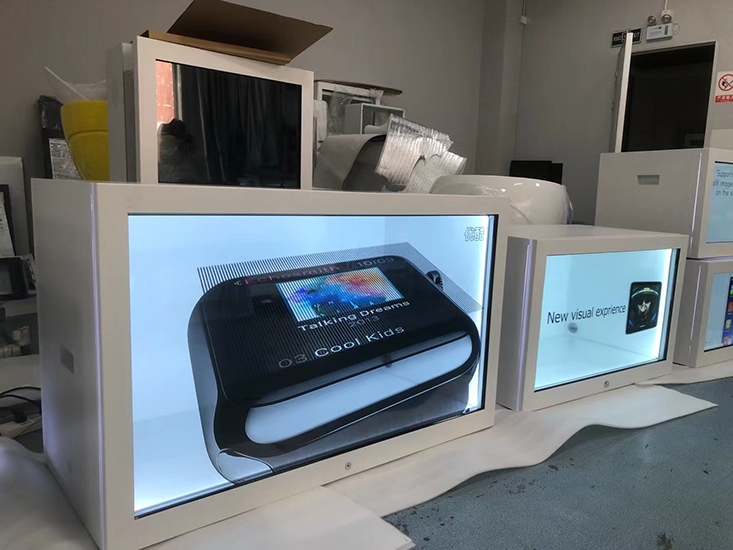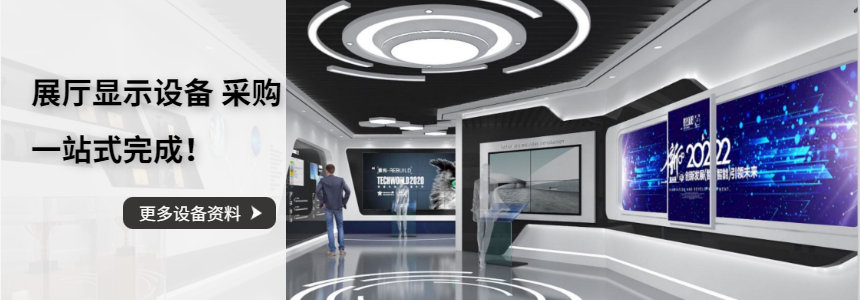The Benefits and Drawbacks of an All-in-One Computer
An all-in-one computer, also known as a desktop or workstation, is a computer system that integrates the monitor and the computer tower into a single unit. This type of computer has gained popularity in recent years due to its sleek design and space-saving capabilities. However, like any other technology, it has its own advantages and disadvantages. In this essay, we will explore the benefits and drawbacks of an all-in-one computer.
One of the main benefits of an all-in-one computer is its space-saving design. Unlike traditional desktop computers, which consist of a separate monitor and tower, an all-in-one computer combines these components into a single unit. This means that it takes up less space on your desk, making it ideal for small offices or rooms with limited space. Additionally, the absence of cables and wires connecting the monitor and tower reduces clutter and makes the workspace look more organized.
Another advantage of an all-in-one computer is its ease of use. Since all the components are integrated into one unit, there is no need to connect multiple devices or worry about compatibility issues. This makes the setup process quick and simple, even for those who are not tech-savvy. Additionally, all-in-one computers often come with touchscreens, which provide a more intuitive and interactive user experience. This is especially beneficial for tasks that require precise input, such as graphic design or photo editing.
Furthermore, all-in-one computers are generally more portable than traditional desktop computers. Since the monitor and tower are combined into a single unit, it is easier to transport and set up in different locations. This makes them a popular choice for businesses that require mobility, such as trade shows or presentations. Additionally, the compact design of all-in-one computers makes them suitable for home use, as they can be easily moved from room to room.
However, there are also some drawbacks to consider when using an all-in-one computer. One of the main drawbacks is the limited upgradability. Unlike traditional desktop computers, which allow users to upgrade individual components such as the processor or graphics card, all-in-one computers have limited options for upgrading. This means that if you want to improve the performance of your computer, you may need to replace the entire unit rather than just upgrading specific parts.
Another drawback of all-in-one computers is the lack of customization options. Since all the components are integrated into one unit, users have limited control over the hardware configuration. This means that you may not be able to choose the specific components that best suit your needs, such as a high-performance graphics card or a larger storage capacity. Additionally, all-in-one computers often have limited connectivity options, with fewer USB ports or expansion slots compared to traditional desktop computers.
In conclusion, all-in-one computers offer several benefits, including space-saving design, ease of use, and portability. However, they also have drawbacks, such as limited upgradability and customization options. Therefore, it is important to carefully consider your needs and preferences before deciding whether an all-in-one computer is the right choice for you.

